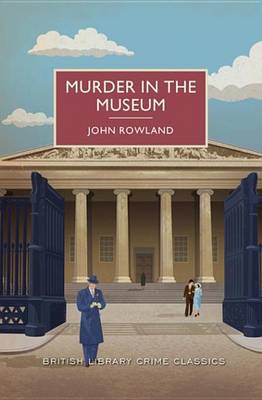Reviewed by brokentune on
What is even more aggravating than actually having bought this one (rather than borrowed from the library) is that there were elements that should have made this book great:
1. The setting: The books starts in the Reading Room at the British Museum. It is one of my favourite places. It has lots of atmosphere. The first murder takes place there. In public, but without any one noticing.
This should have made for a great locked room type mystery.
Instead, there is hardly any scene setting, and the little that is there does not describe anything about the museum or the reading room. Why set it in the Museum then? Why not an indistinguishable coffee house? Or a park?
Also, there is no atmosphere. None! Most of the book seems written in pretty flat dialogue. We don't even get to know any of the characters other than by name and occupation.
2. There are lot of tips of the hat to Sherlock Holmes in this book: A character caller Mr. Henry Baker like in ACD's Blue Carbuncle, the British Museum (which is also mentioned in Blue Carbuncle), and later on (I skip read to the end) the action takes us to Dartmoor where a prisoner escaped (Hound of the Baskervilles much?). Could this be more Sherlockian?
Yes. Yes, it could! Why did the author stop at nicking ACD's characters and settings? Why could he not have copied some of ACD's style, too? It would have infinitely improved this book.
I completely gave up on the book when I got to the following:
In a few minutes he was speaking to the inspector in charge of the City police station at Oxford, and he explained his need for information, having first given the secret police sign which indicates that a fellow limb of the law is making the enquiry.
A secret police sign?!?!? WHY??? They're not even under cover!
This makes no sense.
There was more that made no sense - like the first officer on the scene declaring the cause of death to be poisoning by cyanide. Surely, they must have had some protocol even in 1938 when this was written.
Anyway. Good riddance.
Reading updates
- Started reading
- 7 August, 2017: Finished reading
- 7 August, 2017: Reviewed
